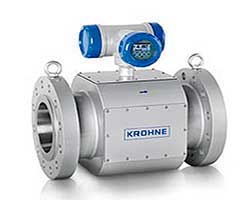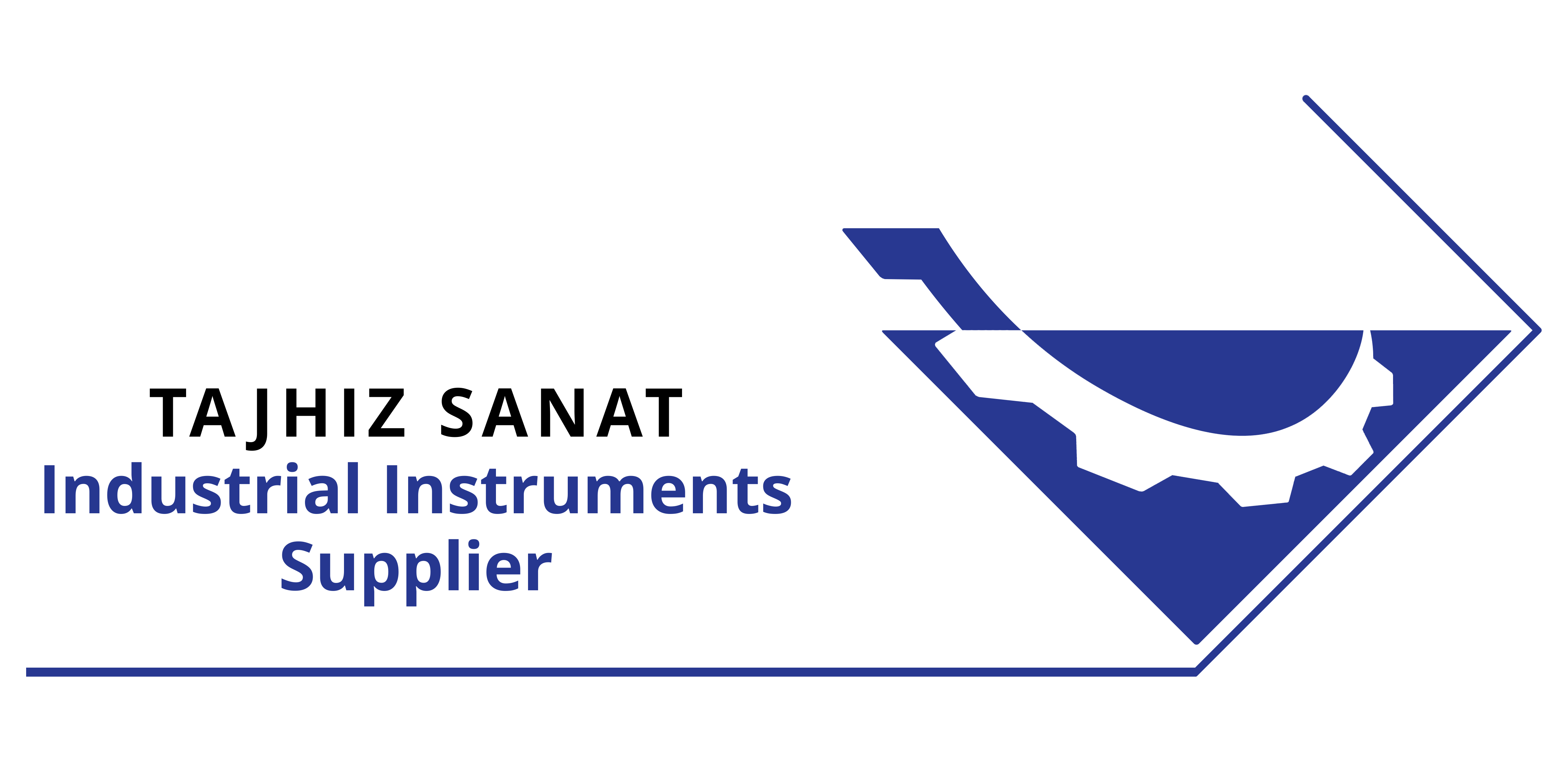
24 Apr Ultrasonic Flowmeter
An ultrasonic flow meter is a type of flow measurement device that utilizes ultrasonic waves to determine the flow rate of a fluid. It measures the velocity of the fluid by transmitting ultrasonic signals through the fluid and analyzing the time it takes for the signals to travel in different directions.
The basic principle of operation for an ultrasonic flow meter involves the following steps:
Transducer Placement: The flow meter consists of two transducers, one acting as a transmitter and the other as a receiver. These transducers are typically mounted on opposite sides of the pipe or channel through which the fluid flows.
Ultrasonic Signal Transmission: The transmitter emits ultrasonic signals, typically in the form of pulses or continuous waves, into the fluid. These signals travel through the fluid medium.
Signal Propagation: The ultrasonic signals propagate through the fluid, either in the same direction as the flow (downstream) or against the flow (upstream).
Signal Detection: The receiver transducer detects the ultrasonic signals after they have traveled through the fluid. The time it takes for the signals to travel between the transducers is recorded.
Analysis and Calculation: The flow meter measures the time difference between the upstream and downstream signals. By comparing the time of flight for the ultrasonic signals in both directions, the flow meter can determine the velocity of the fluid.
Flow Rate Calculation: Using the known cross-sectional area of the pipe or channel, the flow meter calculates the volumetric or mass flow rate by multiplying the fluid velocity by the area.
Ultrasonic flow meters offer several advantages, including:
Non-intrusive Measurement: Ultrasonic flow meters can be installed externally on the pipe or channel, eliminating the need for direct contact with the fluid. This non-intrusive nature reduces the risk of pressure drop, flow disturbances, or contamination.
Wide Application Range: They can measure the flow of various liquids, including clean liquids, wastewater, chemicals, and slurries. They are also suitable for measuring the flow of gases.
High Accuracy: Ultrasonic flow meters can provide accurate flow measurements, especially when calibrated and installed correctly. They are less affected by changes in fluid properties and offer good repeatability.
Minimal Maintenance: Since ultrasonic flow meters do not have any moving parts, they require minimal maintenance and have a long operational life.
Ultrasonic flow meters are commonly used in industries such as water and wastewater treatment, oil and gas, chemical processing, HVAC systems, and power generation. They are particularly suitable for applications where non-invasive flow measurement, high accuracy, and versatility are required.
